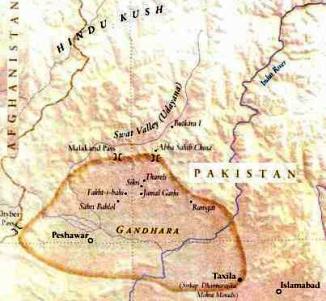 Pakistan is home to the ancient Gandhara Civilization. Its Buddhist character, which this civilization is best known for, was first established in the late 19th and early 20th centuries when colonial British military men and archeologists discovered various ancient religious sites near the city of Taxila in the Potowar region of Pakistan.
Pakistan is home to the ancient Gandhara Civilization. Its Buddhist character, which this civilization is best known for, was first established in the late 19th and early 20th centuries when colonial British military men and archeologists discovered various ancient religious sites near the city of Taxila in the Potowar region of Pakistan.
However since independence of Pakistan, the late 20th century studies and research conducted both by the Pakistani and Western scholars have documented and confirmed that Gandhara Civilization was not always Buddhist in character but had also gone through some well defined Hellenistic and Parthian periods as well.
The Hellenistic period of Gandhara starts with the arrival of Alexander the Great of Macedonia in 329 B.C. After conquering Taxila in 327 B.C. he remained in the areas now constituting Pakistan for another two years until his return via Indus Valley, Arabian Sea and Makran Coast also in Pakistan.
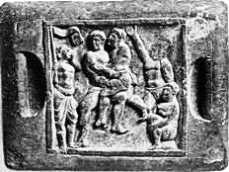

The ancient Gandhara proper consisting of the Peshawar Basin of Kabul River and Upper Indus Valley, along with the sister communities of Udayana in Swat, Pakistan and Bactria in north east Afghanistan has come to be known as the Greater Gandhara. Prior to the Greek arrival, thanks to its location on the now famous Silk Road, the area had already become one of the economically most prosperous regions of the world. But the Greek conquest brought such significant cultural, economical, political and religious changes to the Greater Gandhara region that historians and anthropologists are now more than ever inclined to call the three subsequent centuries following the Alexandrian invasion as Hellenistic (330 B.C.-129 B.C.) and Parthian (247 B.C.-224 A.D.) periods of today’s Pakistan and Afghanistan.
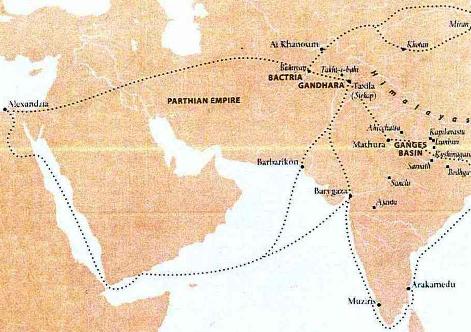
As a result of the Greek conquest politically the region became part of the Alexandrian Empire stretching from the Eastern Mediterranean to the Indus Basin. Before his return Alexander installed his various generals as local kings of the conquered territories. A string of kingdoms were established from one end to the other end of the empire even though Alexander who died in year 323 B.C. did not live long enough to taste the fruits of his exploits. Soon after his death, a local upstart of humble origin named Chandra Gupta Maurya was able to set up a kingdom in the Indus Valley. Seleucus, a general of Alexander, unsuccessfully tried to win back the lost territories (306/305 B.C.) but the counterattacks of the Mauryans forced the Greeks to retreat towards Bactria. Later his grandson Ashoka stretched the empire from Afghanistan to Bengal with Pataliputra (Putna, India) as its capital. Ashoka converted to Buddhism and under his patronage Taxila gained further prominence. But the Mauryan empire died with Ashoka in 231 B.C. and Greeks under the leadership of Demetrius made a come back to reclaim Greater Gandhara.
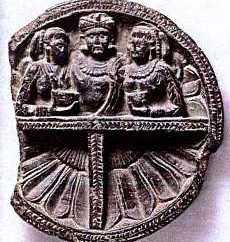
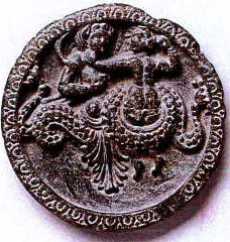
Economically the Alexandrian invasion brought trade routes from the Eastern Mediterranean to Gandhara-the gateway to China-under Greek control. The most significant change was the opening of a second trade route. Sea ports like Alexandria, Egypt and Barbarikon near Karachi, Pakistan became important economic hubs. Under Greek protection commercial ships from Alexandria via the Nile River, Red Sea, Arabian Sea and lower Indus River would travel all the way up to the present day city of Multan, Pakistan with goods en route to China; further adding to the prosperity of the Greater Gandhara.
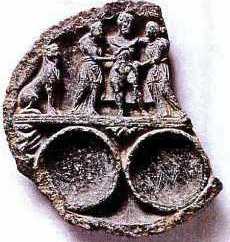
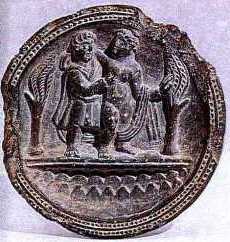
Culturally and religiously the Greek arrival added one more layer to the Gandharan diversity. Even though under Ashoka Buddhism had officially arrived in Gandhara, but still with the exception of monasteries and rock edicts commissioned by him, there have been no discoveries of Buddhist iconology as symbols of popular religion of that period. On the other hand the popular artifacts discovered from various sites near Taxila, and identified as belonging to the period between 3rd. century B.C. and 1st. century A.D., show Hellenistic and Parthian but not Buddhist characters.
These carved stone pieces such as dishes and slabs, statuettes and other objects were made of schist, phyllite and steatite and are now part of a larger Samuel Eilenberg Collection housed in the Metropolitan Museum of Art, New York. Carved Greek mythical gods such as Apollo, Aphrodite, Daphne; characters such as wrestler Heracles and Nemean lion; symbols such as floral wreaths and grape wines regularly appear in these objects. The Buddhist icons discovered from ancient Gandhara sites, under latest studies are now dated as belonging to the post Greek and Parthian 1st century A.D. and later periods.
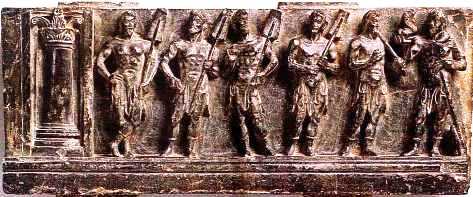
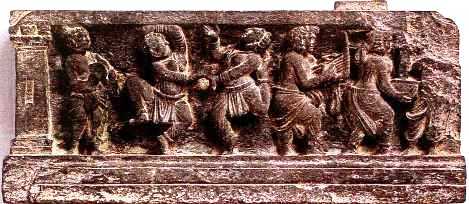
Greek period is marked by the distinct Hellenistic styles of town planning, western art and architecture, coinage and iconology, Greek language and personal drapery. From Greeks the political control of Greater Gandhara successively passed on to the Shakas, Parthians and Scythians. Parthians who had established a vast Second Persian empire stretched from Caspian Sea in the north, Mesopotamia in the west and Indus in the east considered Greater Gandhara as their domain and essential to their control of East-West trading routes. In the Mediterranean region the political power had passed on to the Romans. Even though Parthians and Romans continuously fought with each other, together the two empires controlled the land and sea trade routes between Europe and China. Under Parthian rule the Greek style and symbolism in Gandharan artifacts gradually fades out and is replaced by the Parthian cultural influence.
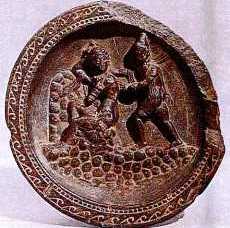
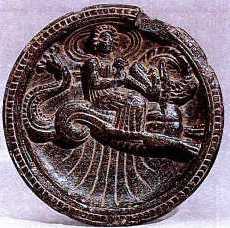
First century A.D. marks the end of Hellenistic and Parthian periods of Greater Gandhara. Kushans, a nomadic tribe from Central Asia took control of Greater Gandhara and Indus Basin and then marched on to the Ganges Valley in North India. Kushans unlike Greeks and Parthians patronized Buddhism originating from the Ganges Valley as the state religion and thus set in the Buddhist period of Greater Gandhara that lasted until 6th and 8th centuries A.D. in present day Pakistan and Afghanistan respectively.
References:
(1)The Art of Gandhara in the Metropolitan Museum of Art, New York; 2007
Curator and Author, Kurt A. Behrendt.
(2) Pakistan; Oxford University Press, 1997
Gandhara Culture; Professor J.E. van Lohuizen de Leeuw
The Kushan Era; Professor Ahmad Hasan Dani



















































Az makes a strong statement regarding ‘vandals of dogma’ and the reference to Bamiyam’s tragic fate. There are many amongst us in Pakistani society from government to the street vendors who have no respect of Pakistan’s pre-Islamic cultures. Many of these people have forgotten the tolerance afforded by the Mughal rulers and the examples of others like Tipu, where cultures were allowed to flourish, and that was due to strength in religious belief of those Muslims. Now there are bigoted people, rooted in ignorance who demonise some aspects of our history. Apart from the ancient culture of Swat, the incredible world that MoenjoDaro is an amazing remain of our ancestors. Pakistan (Indus Valley Civilisation) is amongst the cradle of humanity, it needs more research and it needs interest of Pakistani’s to let their children know how this land fits in the formation of world’s society. I wish more Pakistanis get educated in Pakistan and have faith in the education of our scholars and become less euro-centric and view our history from our perspective.
Wonderful article
Some one is editing my post. It is good to learn history, so we don’t make the same mistakes. However interesting point is that the majority of historical facts stem from European historians. It is my contention that western historians are propagating history from Eurocentric perspective. Alexander of Macedonia is referred to as The Great, however there is not a singular mention of Alexander’s greatness from local historians of our past. This implies that his presence was a fraction of the history of this region. (refer to book by Albinia). Alexander came as far as Jhelum river and returned, and as soon as he left, local rulers took sovereignty. The impact was left for few centuries, and evidence is in potteries, coins and other artefacts – but as I have contended, no local historian took interest in his trip to the river Jhelum, and really only the Greeks considered him Great!
Taxila and Kabul valley shows ample evidence of finest Greek architecture and sculpture created by the Diadochis and the Greek soldiers. The question that comes to mind is this : What happened to the Greeks after Kushans took over and why was this artisan ship not absorbed by the local who were living in mud houses till this century. Was it Greek only that built the grid cities and created sculpture or did they have local help. Kushans definitely used Greek sculpture to create Buddha images. If history is any indicator then greeks lived like rules who did not intermingle with the locals or the locals were not bright enough to pick up the art of building doric and ionian columns, use of mortar etc.
PMA sahib, Very informative post. I enjoyed it and at times wished you expanded more at certain points (a compliment).